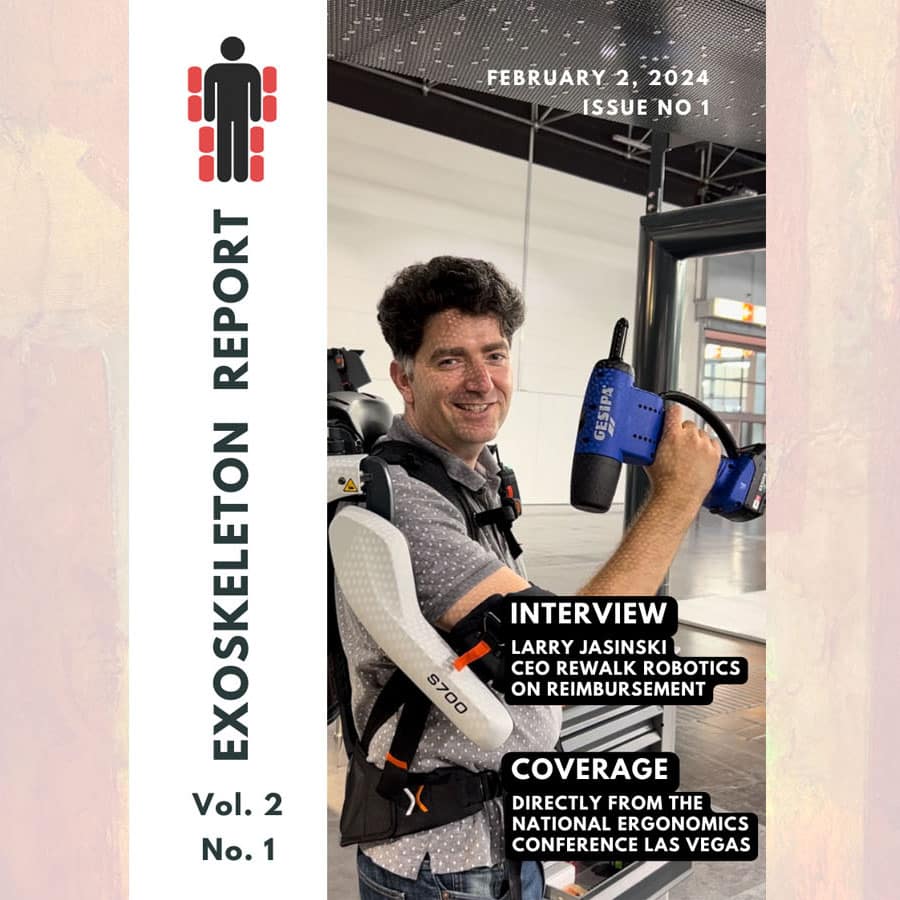When thinking of a wearable exoskeleton, a person would usually think of a device that somehow augments or monitors the user. But what if exoskeleton technology was used to extract energy from the person wearing it? An interdisciplinary team of students from Rice University have developed a prototype wearable robot that leeches energy from the wearer. The prototype is a leg brace with a dynamo strapped on the knee. As the user is walking, the flexion and extension of the knee spins a motor which charges a capacitor that in turn, charges a battery. You can see the full video below:
The idea of extracting energy while walking is not new. Various prototypes have been inserted into boots or attached to knees or hips in an attempt to capture and store energy. Usually such apparatus have very poor efficiency and would require more energy to wear and lug around than the useful energy they can produce. In the case of exoskeleton systems however, the user is already wearing a complicated piece of equipment and only the functionality of capturing energy would have to be added.

Having exoskeletons that can capture and retain energy from the wearer could be very useful in future designs. This is analogous to a hybrid vehicle that captures energy while breaking and returns the energy to the electrical battery for later use. Example applications could be military exoskeletons that have been damaged or have been used on an abnormally long deployment and the soldier has ran out of battery power for his or her GPS/radio/light. In this case, an exoskeleton or exoskeleton segment that can charge equipment while on the move could prove to be invaluable. Another application could be in resistive exoskeletons, for example an exoskeleton for astronauts that hinders movement to counteract muscle atrophy in space could also generate electricity.
Ultimately, whether we will ever see exoskeletons that can charge batteries or power small devices on the go is not important. What is important is that people are coming up with more and more innovative applications for exoskeletons all of the time.
Notes:
Special thanks to engadget.com for originally publicizing the student’s story.
Additionally, you can read the press release of the Simon Fraser University version of the device from 2007 here.



Do you publish some papers?
Nope.